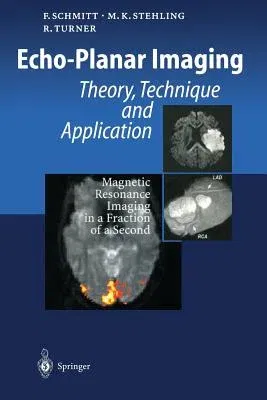Franz Schmitt
(Author)Echo-Planar Imaging: Theory, Technique and Application (Softcover Reprint of the Original 1st 1998)Paperback - Softcover Reprint of the Original 1st 1998, 12 February 2012

Qty
1
Turbo
Ships in 2 - 3 days
In Stock
Free Delivery
Cash on Delivery
15 Days
Free Returns
Secure Checkout
Print Length
662 pages
Language
English
Publisher
Springer
Date Published
12 Feb 2012
ISBN-10
3642804454
ISBN-13
9783642804458
Description
Product Details
Book Edition:
Softcover Reprint of the Original 1st 1998
Book Format:
Paperback
Country of Origin:
NL
Date Published:
12 February 2012
Dimensions:
23.39 x
15.6 x
3.45 cm
ISBN-10:
3642804454
ISBN-13:
9783642804458
Language:
English
Location:
Berlin, Heidelberg
Pages:
662
Publisher:
Weight:
934.4 gm

